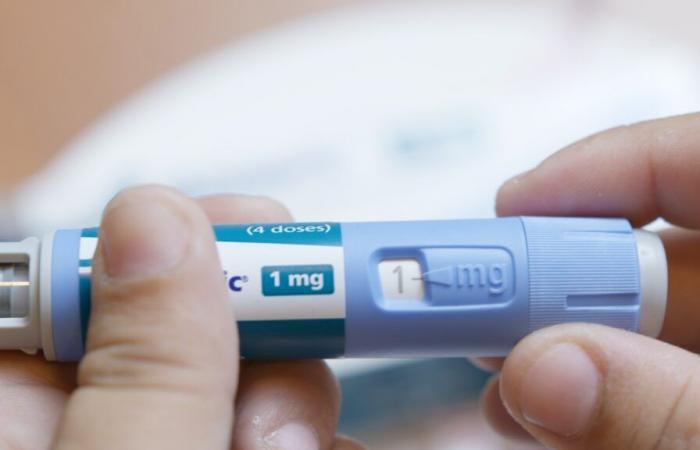The first GLP-1 agonist was prescribed from 2006, and the authors included cases from 2000 to optimize the power of the study. GLP-1 agonists and SGLT2 inhibitors are 2 classes of drugs commonly prescribed to treat type 2 diabetes or weight loss.
- GLP-1 agonists (liraglutide, semaglutide, tirzepatide) treat type 2 diabetes by stimulating the release of insulin from the pancreas, delaying gastric emptying, and decreasing the release of glucagon, a hormone in the body that increases blood sugar.
- The other class of drugs, SGLT2 inhibitors (canagliflozin, dapagliflozin, empagliflozin, and ertugliflozin), lower blood sugar levels by causing the kidneys to remove excess glucose from the body through urine.
These 2 classes appear to be able to reduce the risk of heart attack, second stroke, and death in adults who have had a first stroke.
Lead author Dr. M. Ali Sheffeh, an internal medicine physician and researcher at the Mayo Clinic in Rochester, Minnesota, notes that “unfortunately, a quarter of people who survive one stroke have another and are also at risk.” higher other cardiovascular events, such as heart attack. Indeed, many stroke risk factors are also associated with other forms of heart disease. There is a lack of new approaches to reduce these risks for this group of patients.”
The study conducted among more than 7,000 stroke survivors participating in the Rochester Epidemiology Project (2000 to 2022) reveals that participants who take either a GLP1 receptor agonist or an SGLT2 inhibitor drug have a reduced risk of stroke (stroke), heart attack or death. Specifically, the medical record review assessed the outcomes of patients who were prescribed a GLP-1 or SGLT2 medication after their first stroke. After an average follow-up of three years, the analysis reveals that:
-
patients who take either a GLP-1 or an SGLT2 have a 74% lower risk of death and an 84% lower risk of heart attack;
- participants who took an SGLT2 also had a 67% lower risk of having another stroke;
- These risk reductions hold even after accounting for possible confounding factors including age, sex, smoking, hypertension, type 2 diabetes, peripheral arterial disease, hyperlipidemia, chronic kidney disease and history of heart attack or heart failure.
- during follow-up, the mortality rate among stroke survivors who took either a GLP-1 or an SGLT2 was 11.8%, vs. 54% among other patients;
- the incidence of heart attacks in patients receiving either drug was also 1.5%, vs. 6.1%.
“By comparing several variables, we can still conclude that treatment with either drug is associated with a lower risk of recurrent stroke.”
« Potential protective effects of drugs are “hidden” because people in the treatment group may have higher risk characteristics than patients who take neither drug, thus masking any protective effects. Adjustment with confounding factors makes it possible to take these differences into account and bring out this independent effect.”
Finally, a subanalysis of patients who took these medications for at least 6 months confirms the association of the medications with a lower risk of heart attack, recurrent stroke, and death and confirms that this reduction may be attributed to medications.
Finally, researchers note the ability of GLP-1 agonists to reduce blood pressure and decrease the formation of plaque associated with atherosclerosis, a risk factor for heart attacks and strokes. “Another mechanism that could be very important for this current study is that these GLP-1 agonists may actually decrease the clumping of blood platelets, which in itself may decrease the risk of clotting and explain a lower risk of stroke”.
The authors call for a clinical trial to find out if these drugs, GLP-1 agonists and SGLT2 inhibitors, could really be a game-changer in clinical practice for prevent second stroke or other cardiovascular event in these first stroke survivors.
Health






